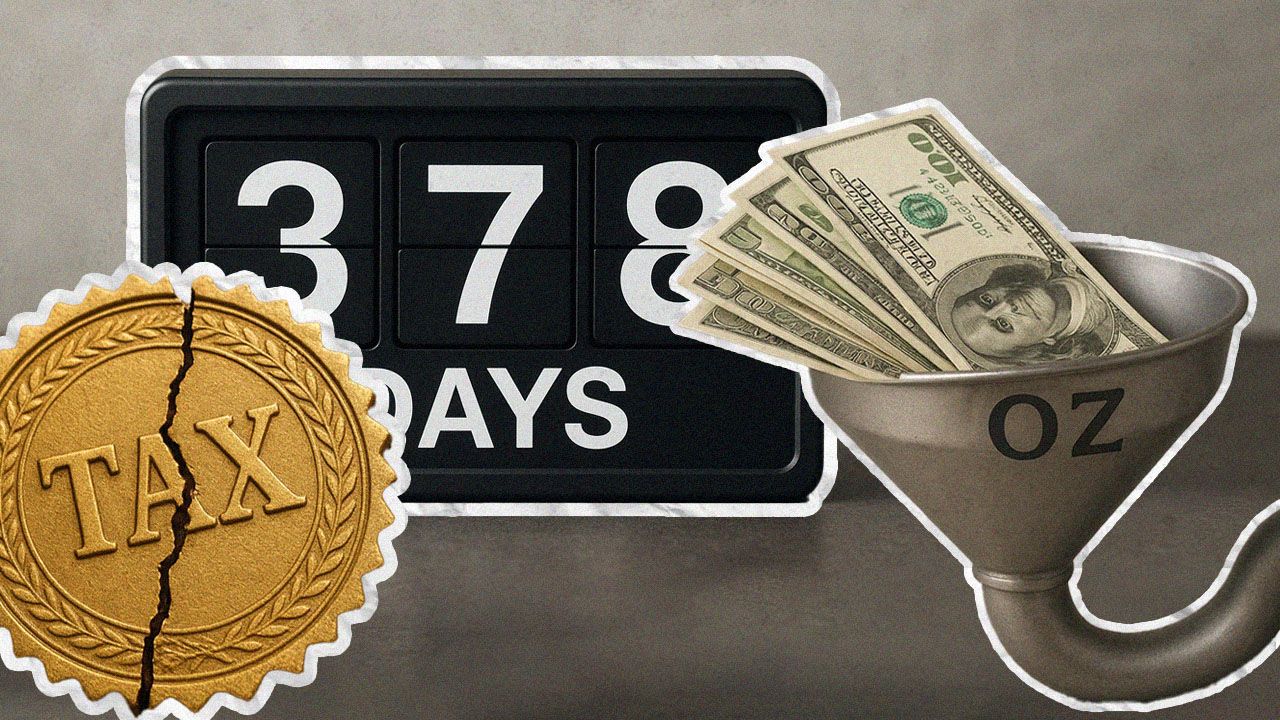How to Build a Listing Presentation Sellers Trust—and Sign On!
Oct 30, 2025
Written by David Dodge
My very first listing pitch still haunts me a bit. I showed up with a thick binder of printouts, a slideshow I’d slapped together after midnight, and nerves that could power a small city. The sellers, a nice couple heading to Florida for retirement, nodded along for maybe fifteen minutes before picking the agent who’d handled their neighbor’s sale. Driving away, I kept replaying the fumbles. I had stats, charts, everything—except a clear reason *for them* to care. That flop taught me one thing: a listing presentation isn’t a lecture. It’s a conversation wrapped around their worries, dreams, and timeline. Nail that, and the contract practically signs itself.
Eight years and hundreds of kitchen-table meetings later—some in sleek downtown lofts, others in cozy fixer-uppers that haven’t seen new carpet since the ’80s—I’ve refined a system that works every time. No fluff, no overwhelm. Just a tight, trustworthy pitch that lands listings and builds a reputation you can bank on. Here’s the playbook.
What a Listing Presentation Really Means
Strip away the jargon: this is your shot to shift from “random agent” to “the person handling my biggest asset.” It mixes strategy, reassurance, and plain talk. Sellers aren’t shopping for your brokerage logo or sales volume. They want rock-solid confidence that their house won’t rot on the market, that every offer will be squeezed for maximum value, and that midnight panic calls about inspections won’t go unanswered.
Prep That Pays Off (Do This First)
1. The Two-Tier CMA
Every agent grabs comps. Smart ones layer in *why* those numbers matter. I once tanked a shot at a listing by waving around three high-dollar sales—without mentioning two were gut-renovated flips. The seller’s place? Original everything. My “proof” backfired.
Fix it: Build a clean public version (three to five comps, big photos, price per square foot in bold) and a detailed backup (concessions, stale days on market, staging notes). Flash the pretty one; keep the gritty one ready for pushback.
2. The Quick Pre-Call
Two days out, ring them up. Ask how stressed the move feels on a 1-to-10 scale. Low score? Dive into timelines and logistics. High score? Lead with understanding—downsizing after decades in one home is emotional; acknowledge it.
The Seven-Part Flow (Keep It Snappy)
Ditch the 40-slide marathon. Seven is the sweet spot—works on screen, in a booklet, or flipped on a tablet.
1. Their House, Their Priorities
Drone shot of the property. Bullet their goals: close by June, net a specific amount, and zero weekends of showings. If you don’t know yet, list the big three—speed, money, ease—and let them rank.
2. Market in 90 Seconds
One stat, one example. Local homes priced within 3% of reality move in eleven days. Show a single photo of the house two blocks over that dragged for sixty-eight—bad pics, greedy list price. Lesson delivered.
3. Price Bands
Three color bands on a line: green (multiple offers fast), yellow (steady but slower), red (cuts ahead). Slot their home, explain trade-offs—green might need fresh paint and decluttering; yellow plays it safe. Hand them the choice.
4. Marketing Timeline
Thirty-day bar with icons: pro photos day one, social teaser day two, broker lunch day five, public open house day seven, offer window days ten to fourteen. Visual, scannable, unforgettable.
5. Real Proof
One thirty-second video clip from a seller in a parallel spot—job transfer, inheritance, whatever fits. No video? Scan a handwritten note. Feels human, not corporate.
6. What If” Backup
Lowball offer? Here’s the counter playbook. Appraisal gap? Pre-appraisal for cash buyers plus my go-to lender. Fears vanish before they form.
7. Decision Point
Two paths: sign now and launch Friday, or sleep on it and reconnect Thursday with fresh data. Then hush—let them fill the silence.
Tiny Touches That Seal Deals
Net Sheet Ready — Mortgage payoff plugged in (ask early). Exact dollars in hand beat vague estimates.
Physical Folder— Digital is fine; paper lingers on the counter. Tuck your bio at the very back.
Same-Day Ping—Text within three hours: mention their dog, attach the net sheet, and include one new comparison.
Sidestepping Objections Without Breaking Stride
Multiple interviews? Compliment the research, then zero in on the single make-or-break factor. Zillow zestimate? Note that algorithms skip unpermitted work or quirky layouts—pivot to closed sales.
The Long Game
Close every pitch with an open door: help is yours either way. A casual “just sold” card six months later has flipped past “no thanks” into referrals more than once.
Quick Self-Check
Grab an hour. Open your current deck. Ask:
- Does their house greet them first?
- Can pricing logic land in sixty seconds with a stranger?
- Would you hand over your own keys after seeing it?
Tweak one piece. Run it live. Wins stack fast.
The sharpest presentation isn’t the glossiest. It’s the one that leaves sellers nodding, pen in hand, thinking, “This is the one.”
Your Next Step
Set aside one quiet hour this week. Pull up your current deck, print it if necessary, and run it like a seller would—start to finish. Cross out anything that feels like filler. Add a personal touch: a photo of their curb appeal, a net sheet with their actual numbers, and a single story that reflects their situation.
Then take it live. One appointment, one tweak at a time.
Because the magic isn’t in a perfect script or a flashy template. It’s in the moment a seller looks up from the table, slides the contract your way, and says, “Let’s get this house sold.”
That moment? It starts with the work you do today. Go build the presentation that earns it.
Disclaimer: Always consult a licensed real estate professional for advice tailored to your specific situation.







